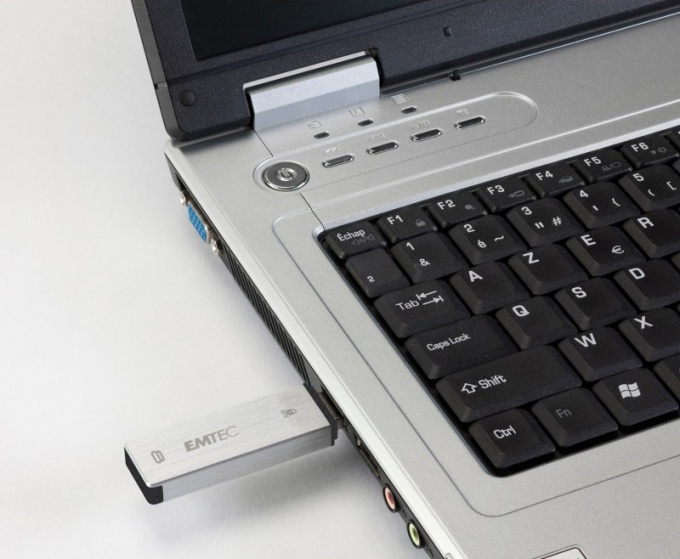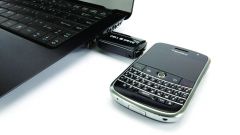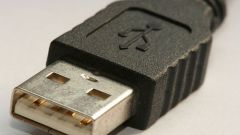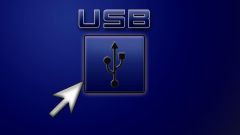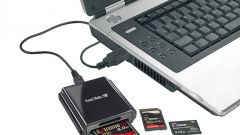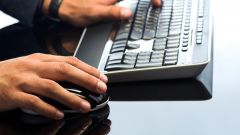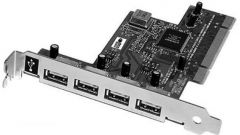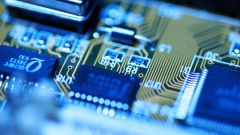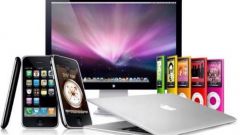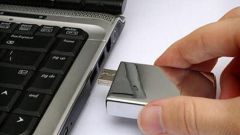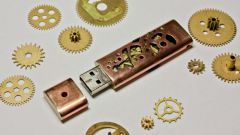Instruction
1
Connect the flash drive to the computer and go to program control connected devices. To do this, right click on the menu item "start" - "Computer" and select "Properties". In the window that appears click on "device Manager". If the disk is not defined in the system and does not appear in this window, it is likely that it is faulty.
2
Try to connect the memory device to any other computer or insert another flash drive into the USB port. If another data carrier is determined by you in the system, then the problem lies in the faulty device, which was not determined.
3
When connected to a computer, phone, music player or tablet, check the settings for this device. It is likely that the options just isn't labeled connection type, which you can select the appropriate section in its menu. If you connect a device via cable, check it and snugly inserted into the computer port.
4
When fully operational media, try connecting it to another USB port on your computer. As a rule, modern systems have several openings for connecting devices.
5
If you are using a newly purchased computer before and never connected the stick to check for the required USB drivers. To do this go to "device Manager" and look for the presence of the "USB Controllers". If this menu item is missing or marked with a yellow color and an exclamation mark, double click with the left mouse button on the tab "Other devices" - "USB Controllers" and select "Update driver". After the procedure, restart your computer and again try to install the media into the USB slot of the computer.
6
If the flash drive is still not detected, you must delete the file "INFCACHE.1". To do this, go to the directory Windows – System32 – DriverStore hard disk C and select the appropriate document for removal.
